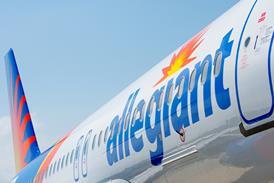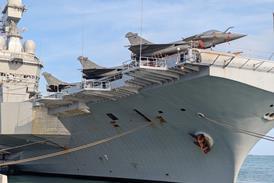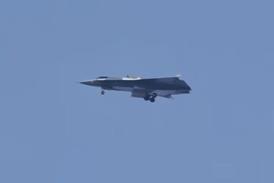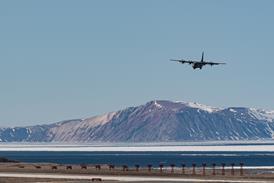Air New Zealand estimates that its participation in a tailored arrivals trial at San Francisco International airport has saved it an estimated 22,000kg (48,500lb) of fuel and 69,400kg of CO2 emissions so far this year.
The airline was the first international carrier invited to join the San Francisco oceanic tailored arrivals trial, a joint venture between the airport, Boeing, NASA and the US Federal Aviation Administration. ANZ joined the programme in January, which allowed its Boeing 777-200ERs to make full use of on-board and ground technology to carry out descents with minimal air traffic control intervention.
The required navigation performance (RNP) techniques employed are similar to those that ANZ uses on 737s flying into Queenstown, a high-terrain surrounded airport on New Zealand's South Island. Global navigation satellite systems provide guidance to fly the aircraft on optimised flightpaths into the airport using a continuous descent.
The airline says it has used the full tailored arrival procedure around 30 times and a partial procedure about 100 times. When the airport is too busy for air traffic control to assign the full procedure, the airline still benefits from a partial procedure, but the carrier says each fully tailored arrival saves between 300kg and 400kg of fuel.
ANZ says: "The results we have achieved at San Francisco demonstrate the real difference that efficient, highly automated air traffic control systems can make to airline operations."
Capt Mark Shepherd, a 777 captain and ANZ's air traffic management specialist, says the tailored arrival simplified procedures for pilots and allows the aircraft automation to maintain the aircraft on the optimum path to the runway. Passengers are unlikely to notice a difference, he says, although it may be slightly more comfortable because of the more gentle descent with fewer changes in engine power.
Source: Flight International























